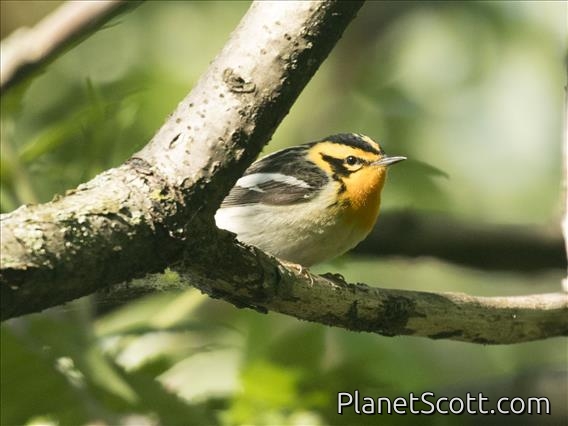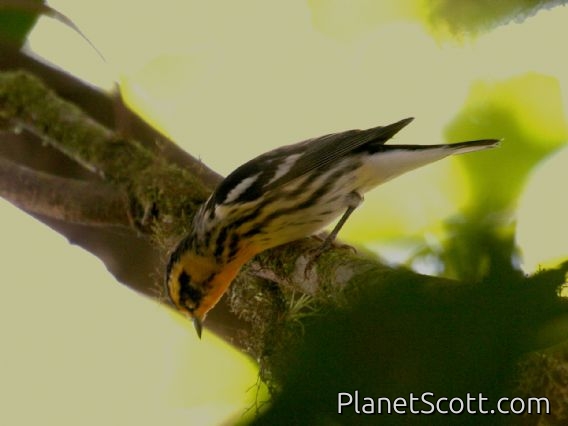Blackburnian Warbler (Setophaga fusca)

Blackburnian Warbler (Setophaga fusca)

Blackburnian Warbler (Dendroica fusca)


×



Blackburnian Warbler (Setophaga fusca)

Blackburnian Warbler (Dendroica fusca)
About Blackburnian Warbler (Setophaga fusca)
- Kingdom: Animals
- Phylum: Chordates
- Class: Birds
- Order: Perching Birds
- Family: New World Warblers
The Blackburnian warbler is a small New World warbler. They breed in eastern North America, from southern Canada, westwards to the southern Canadian Prairies, the Great Lakes region and New England, to North Carolina. They are migratory, wintering in southern Central America and South America, and are very rare vagrants to western Europe. The common name honors the English botanist Anna Blackburne.
Source: Wikipedia
Visits
-
2006-11-23
Cajanuma, Ecuador -
2006-12-17
Mindo - Bellavista, Ecuador -
2006-12-22
Mindo - Foothills, Ecuador -
2009-03-11
Pirre Cloud Forest Camp, Panama -
2013-04-19
Bolivar Peninsula, United States of America -
-
-
-
-
-
-
-
-
-
-
-
-
-
-
-
-
-
-
2023-10-03
Parque Nacional Volcan Arenal, Costa Rica -
-
-
-
-




